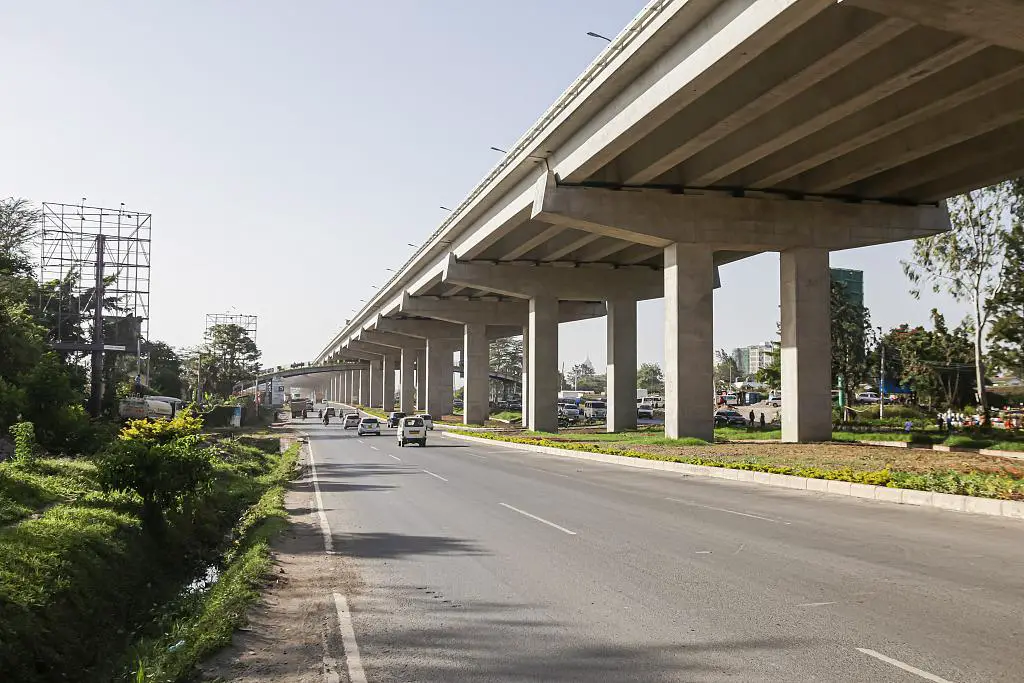- Kenya’s distressed debt levels are pushing the country in a tight spot following years of successive borrowing, the Institute of Public Finance (IPF) says in its latest Macro Fiscal Analytical Snapshot Report.
- This is compounded by the inability of the private sector to create woefully insufficient jobs for millions of young people entering the job market annually.
- The report notes that since 2014, persistent high fiscal deficits have resulted in a swift escalation of public debt, now standing at 70 per cent of the GDP.
Kenya risks missing its economic growth targets in the medium-term as the country grapples with high debt distress and a deteriorating macroeconomic operating environment.
According to the Institute of Public Finance (IPF) in its latest Macro Fiscal Analytical Snapshot Report, the country finds itself in a tight spot following years of successive borrowing.
This is coupled with the inability of the private sector to create sufficient jobs for millions of young people entering the job market annually.
The report notes that since 2014, persistent high fiscal deficits have resulted in a swift escalation of public debt, now standing at 70 per cent of the GDP.
Central Bank of Kenya (CBK) data shows the country’s total debt stood at $65.4 billion as of September last year, with new loans in December and this month pushing up the figure to over $70 billion.
Of this, more than $34.4 billion is external debt while over $30.4 billion are loans borrowed from the domestic market.
The recent depreciation of the Kenyan shilling against the US dollar signifies a downgrade in the country’s economic outlook, according to experts at IPF, an independent think-tank focused on delivering evidence for Public Finance Management policy and action.
The institute’s thematic focus areas include Climate Financing, Revenue Policy, Health Financing, and Macro-fiscal and Debt Analysis.
Read also: Kenya’s debt repayment hits $3.7 billion amidst failed revenue targets
Kenya’s distressed debt levels
Furthermore, Kenya’s distressed debt levels as highlighted by the International Monetary Fund (IMF) poses challenges in effectively managing the servicing of external obligations.
The weak shilling which hit a record-low of 163 to the US dollar last week continues to be a headache on debt repayment and the cost of living (inflation) in the country.
Latest National Treasury data shows Kenya’s debt repayment reached $3.7 billion in 2023, with the high repayment hitting forex reserves. (https://www.utahcnacenters.com/)
Debt repayment consumed up to 57 per cent of tax revenues leaving the government with about 43 per cent to meet its recurrent and development expenditure plans, which has forced the country to continue borrowing to bridge the deficit.
Speaking during the official launch of the report, the Institute of Public Finance (IPF) CEO James Muraguri noted that for Kenya to maintain robust economic growth, it must put in place the necessary fiscal levers to promote faster private-sector-driven growth.
Other impediments include Kenya’s vulnerability to climate shocks such as drought and floods which may derail growth over the long-term.
“Revenue optimism has been a persistent problem in Kenya for several years which in the past has tended to result in higher-than-planned fiscal deficits financed by additional borrowing,” Muraguri said.
“More recently, rising global interest rates and a subsequent decline in inward foreign investments have caused the Kenyan shilling to depreciate steeply, significantly increasing the cost of external debt servicing and further putting pressure on Kenya’s foreign exchange reserves,” he added.
In addition, just like many African countries, growth in Kenya has been led by non- tradeable services and exports have halved as a share of GDP, whereas external debts have increased.
Read also: IMF eases Kenya’s Eurobond pressure with $684 million loan
Debt serving and revenues
Kenya’s external debt service as a proportion of exports is significantly above the level that the IMF considers sustainable for a country such as Kenya.
Even if the IMF reclassified Kenya as a country with “high” debt-carrying capacity, it would still be in breach of the upper limit until at least 2027.
While fiscal consolidation undertaken by the government over the past two years has relied on adjustments to expenditure, revenues are yet to fully recover to their pre- pandemic level.
Revenue mobilisation fell sharply in 2019/20 as a direct consequence of the measures implemented to reduce the tax burden on businesses during the pandemic.
Despite a variety of reform measures having been undertaken since then, revenues have been slow to return to pre-pandemic levels and have lagged previous projections and targets.
Kenya Revenue Authority is running behind its revenue target for the current financial year ending June 30, which had been set at $15.8 billion.
According to a report by the Parliamentary Budget Office, the government could miss its ordinary revenue target by about $1.8billion if the current trends continue.
The taxman missed its target for quarter one of the current financial year by $446.2 million, official data shows.
Read also: Africa 2024 outlook: Economic woes to persist in Kenya and Nigeria
Expenditure and fiscal consolidation
On the expenditure side, fiscal consolidation in the past two years has led to a decline in real per capita spending, impacting development and fiscal transfers to counties.
Counties heavily rely on national fiscal grants, constituting 91 per cent of expenditures, with limited own-source revenue (OSR) at nine per cent.
Until 2020/21, fiscal deficits were regularly higher than planned – the result of revenue optimism – and were financed by additional borrowing rather than corresponding cuts to expenditure.
However, from 2021/22 onwards, this changed as Kenya’s debt dynamics started to bite as revenue shortfalls were matched by a comparable reduction in expenditure to ensure the deficit remained similar as planned.
“Given the limited room for borrowing to address revenue shortfalls for the foreseeable future, it is likely that revenue and expenditure will be more closely linked over the intervening period,” Muraguri added.
While the government expects expenditure to rise, particularly in debt interest and development spending, this is contingent on revenue performance.
The evolving fiscal dynamics emphasize the delicate balance between managing debt vulnerabilities, revenue generation, and maintaining service delivery.
The fiscal landscape at both the national and county levels require a holistic approach to address revenue shortfalls, control expenditures, and foster economic resilience.
“As Kenya navigates a complex economic landscape, sustaining robust growth and addressing fiscal challenges are imperative,” said Muraguri.
The government’s dedication to fiscal consolidation and the mitigation of domestic and external risks will play a pivotal role in shaping Kenya’s economic trajectory.
Read also: Kenya’s economy strengthened in 2023, forecast to grow by 5.2% this year — World Bank











